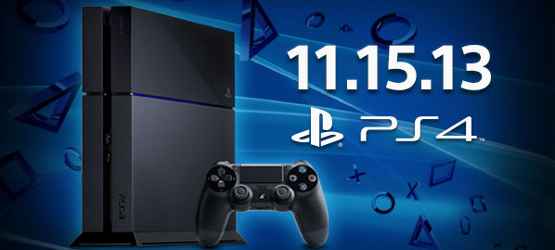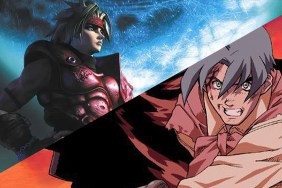It feels like only yesterday when the PS4 was officially announced live on stage at the Manhattan Center in NYC during PlayStation Meeting 2013. Since then it’s been quite a rollercoaster of PR, news, events, videos, and more. Now, after nine months of waiting patiently, we have a PS4 in our hands, and soon, you will too.
After carefully opening the alarmingly thin PS4…





